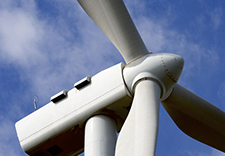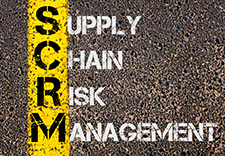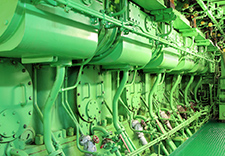Automotive, Heavy Engineering & Wind Energy (Germany)
Supply chain risk versus component criticality
As supply chains extend globally, the associated risks grow - even more so in periods of increasing global instability. Understanding the criticality of the parts supplied, the impact on products, the alternatives available, and the importance and stability of the suppliers, sub-suppliers and trade routes is essential if supply chain disruption and impact on production is to be minimised.
Handle low volume series/projects appropriately
Without a doubt the automotive sector has influenced strategic sourcing and lean improvement activities significantly and in a positive way. Unfortunately, however, the techniques which come from this sector can be inappropriately applied where series production volumes are low and, in particular, to bespoke project equipment. Many from within consultancies and from the automotive sector do not have the experience to fully understand this and long term damage can be done.
Supply Chain Processes, Sourcing, and SRM
Three elements of work within this sector: Overall supply chain process optimisation (including a specific focus on claims management), strategic sourcing and related analytics, and ongoing Supplier Relationship Management. The key to the latter is a current profile of the supplier in terms of spend, performance and quality - in this case on an ongoing, versus bespoke one-off basis.
Reducing risk in the automotive supply chain
Ship engines, compressors and electricty power plants
Ship engines (also used for electricity generation), turbo compressors and related equipment and power plants are very different to mass produced products such as cars or even lower volume products such as trucks.
Wind Energy Equipment

The wind energy industry has features typical of relatively new developments. In past years, with the help of government subsidies, technology developments ruled. This has now changed with a much stronger focus on commercials.

